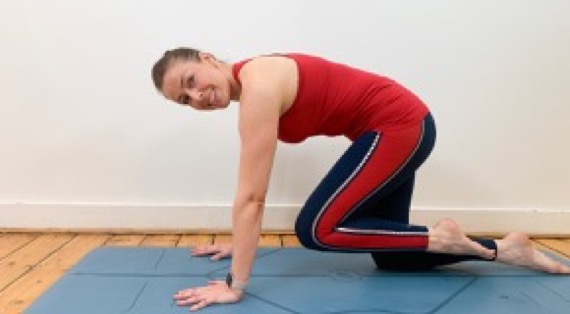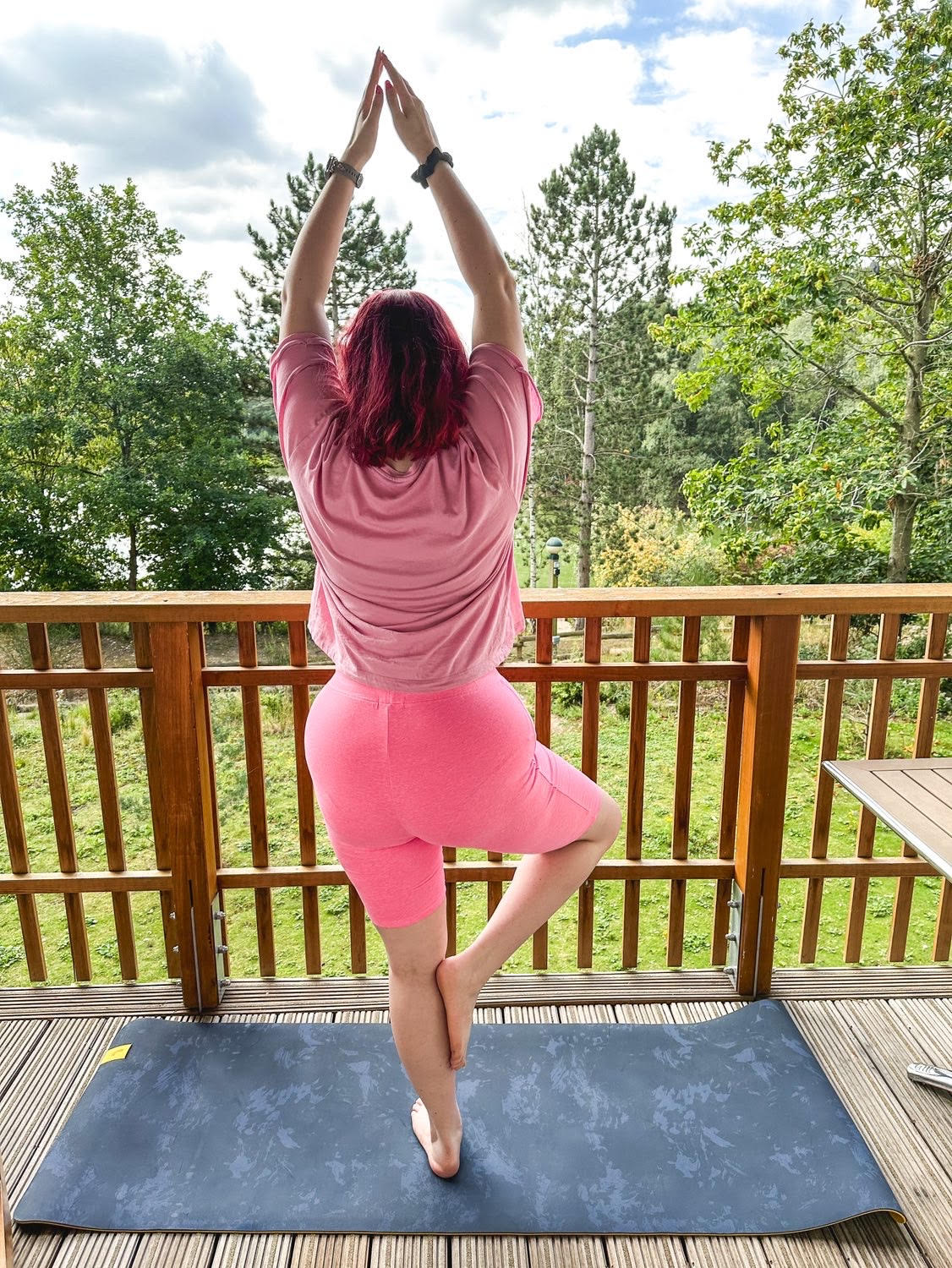SIJ pain
What is Sacroiliac Joint (SIJ) Pain?
The sacroiliac joint connects the hip bones (iliac crests) to the sacrum, the triangular bone between the lumbar spine and the tailbone (coccyx). The primary function of the sacroiliac joints is to absorb shock between the upper body and the pelvis and legs.
The sacroiliac joint typically has very little motion. Small movements at the joint help with shock absorption and forward/backward bending. The joint is reinforced by strong ligaments surrounding it, some of which extend across the joint in the back of the pelvis. This network of soft tissues provides support, limits movement at the joint, and assists with absorbing pressure.
All about SIJ pain
Causes of SIJ Pain
The primary causes of sacroiliac joint pain are:
- Too much movement (hypermobility or instability) in the sacroiliac joint can cause the pelvis to feel unstable and lead to pain. Pain from too much motion is typically felt in the lower back and/or hip, and may radiate into the groin area.
- Too little movement (hypomobility or fixation) can cause muscle tension, pain, and may inhibit mobility. Pain is typically felt on one side of the low back or buttocks, and can radiate down the back of leg (similar to sciatica pain).
Other conditions that lead to sacroiliac pain include:
- Trauma: A sudden impact, such as a fall car accident, sudden step down you weren't expecting can damage the SIJ
- Pregnancy: Hormones are released to loosen ligaments and joints to prepare for childbirth, can change the way the SIJ moves and makes it less stable. Extra weight also puts more stress on the SIJ, leading to additional wear.
- Abnormal walking pattern: Walking abnormally due to issues such as a leg length discrepancy, a fused knee, hip, or ankle, or favouring one leg because of pain can cause SIJ dysfunction. Correcting these problems may resolve your SIJ pain.
- Spine surgeries: Fusing vertebrae reduces flexibility in the spine, which can increase stress on the SIJ.
Symptoms of SIJ Pain
SIJ pain can be dull and achey, for others it can be sharp and stabbing. You're most likely to feel SIJ pain in your lower back and buttocks, but it can move out to your hips and down to your thighs, groin, and even your feet. You may also experience:
- Pain only one side of your lower back, or both sides
- Pain with prolonged standing
- Pain that worsens with walking, running, or taking large strides
- Pain that worsens with certain movements, such as getting up from a chair, climbing stairs, or turning in bed
- Muscle tightness and tenderness in your hips or buttocks.
SIJ Pain Treatment
Modify or avoid activities that worsen your pain to help reduce inflammation in the joint.
Alternating ice and heat might help ease sacroiliac joint pain.
Medication: seek appropriate pain relief to reduce discomfort and allow for more mobility exercises.
SIJ Pain Exercises
Do watch the PBG information class on SIJ pain and then try the QuickFix exercise class to learn how to safely mobilise, stretch and stabilise your lower back and pelvis.
Free Class: Quick Fix for SIJ pain

 Physio Tip!
Physio Tip!
Sleep with a pillow between your knees!
The best sleeping position for sacroiliac joint pain is to sleep on your side with a pillow between your knees. This helps to keep your spine aligned and reduces pressure on the sacroiliac joint. It is important to use a firm pillow that will not collapse during the night.
Alert!
Contact your healthcare provider immediately if:
- You have a sudden change in bladder and bowel control
- You feel loss of sensation in the saddle region
- You have pain, tingling, weakness or numbness in both legs
- You experience constant, severe and progressive pain that is not responding to treatment.
- You've lost weight without trying to.










